As the Queen celebrates her platinum jubilee, Michael Alexander meets retired Angus farmer Robert Ramsay who, as an 11 year old, was a pageboy at the Coronation.
When Princess Elizabeth was crowned Queen on June 2, 1953, few could have imagined that she would go on to become Britain’s longest reigning monarch.
Years later, she told the makers of a documentary how heavy the crown was and how difficult it was to walk up the Westminster Abbey aisle as her train dragged against the carpet pile.
But what was it like for others who took part in the Coronation?
Memories of a pageboy
Sixty-nine years on, with celebrations underway to mark the Queen’s platinum jubilee, a retired Angus farmer has shared his memories of being a pageboy at the lavish ceremony.
At the grand old age of 11, Robert Ramsay of Kinblethmont, near Arbroath, found himself in full pageboy raiment, trailing up the aisle of Westminster Abbey.
He was page to the late David Ogilvy, 12th Earl of Airlie, who was Lord Chamberlain in the Queen Mother’s household.
Reflecting on the jubilee, the now 80-year-old says he feels “immensely privileged” to have been part of the historic occasion.
He thinks the Queen has done a “fantastic job” during her reign.
In an exclusive interview with The Courier, however, he laughs that he “didn’t see a thing” of the actual ceremony and was left “absolutely knackered” by what at the time seemed like a “long boring day”.
“It came about because Lord Airlie didn’t have any young boys of his own so I got the job,” he recalls.
“Old Lord Airlie, who was friends with my parents, had this cream pageboy jacket and waistcoat with scarlet cuffs, breeches and white stockings and black shoes with silver buckles. There was lace around the neck and the sleeves.
“He’d worn it when he was younger at Edward VII’s coronation (in 1902) and then his son wore it at George VI’s coronation (in 1937).
“Having run out of young people, he needed somebody the right size to wear it, and he said to my mother – ‘you’ve got a boy that would fit that’! It fitted me like a glove!”
‘Dragged out of boarding school’
Robert, who was a pupil at Wellesley House School in Broadstairs, Kent, at the time, remembers being “dragged out of boarding school on a wet day in June and taken up to London”.
Staying with his parents at his godmother’s house, a professional photograph was taken of him wearing the pageboy’s outfit. He remembers not being too impressed with the buckled shoes.
However, as the eldest son and male heir in his own family, he was committed to his role and “understood duty”.
At 6am on the morning of the Coronation, a giant stretch limousine arrived to pick him up and whisk him through the streets of London to the abbey.
“I think I was given a pill to stop me from wanting to pee because it was a long day ahead!” he smiles.
“About six o’clock in the morning a car came. It was a huge stretch limo. I could hardly believe it.
“I was taken to the abbey. Then, nothing. I stood with 30 or 35 page boys behind this white silk rope for I guess an hour. It was a long time.
“Then finally there was action. Lord Airlie and the Queen Mother’s household arrived. It was her procession we were part of.
“Princess Margaret went first with her train, then Lord Airlie, then me holding this coronet with his sandwiches inside them. Then it was the Queen Mother and her train.
“But the person I fell head over heels for was Princess Margaret.
“She was absolutely gorgeous. She was petite, slender, elegant and her complexion was completely to die for. I was too young to like women at that age. But I was struck by how unbelievably beautiful she was.”
‘Couldn’t see a thing’
Robert remembers the procession going down the aisle before they stopped.
The pageboys were told to sit on the steps of a staircase.
Close by was the throne where, after being crowned, the Queen would sit as dukes, including her own husband, came to pay homage to her.
During the Coronation ceremony itself, however, the pageboys saw nothing.
“We sat there for two hours and just heard the archbishop droning away around the corner!” he laughs.
“Then, after being crowned, the Queen came and sat on that chair. The lords and knights of the realm came to pay homage, starting with Prince Philip. I thought it was embarrassing. Imagine getting down on your knees in front of your wife promising to obey her forever!
“They all did that. There were a few more hymns. And then we all went home.
“But the other memory I had was the quality of the choir. It just took the hymns right up into the rafters. I’d never heard music of that standard – it was astonishing!”
Robert’s godmother’s daughter was a secretary in the Lord Chancellor’s office, and she had a view from her window that looked over the River Thames.
That night, Robert and his parents went there to watch the fireworks that started at 10pm.
Robert laughs, however, that by this time he “didn’t give a sh*t about it.
“I was absolutely knackered!” he says.
Next day, Robert was “shoved back on the train” to his prep school in Kent.
There, he recalls, his headmaster being “extremely excited” by his participation.
As far as the other school masters were concerned, however, the boarders were all just “snotty nosed little brats”. Few other pupils made an issue of it either.
Thinking back now he says: “It was a long boring day but an immense privilege to be part of it.”
Coronation chair
Robert is telling his story to The Courier within the splendour of the Kinblethmont mansion house.
Here, as well as showing off the photograph of himself as an 11-year-old royal pageboy, he also shows off his Coronation chair, which features the ER ‘Elizabeth Regina’ royal cypher.
The chair was one of many made for the Coronation and, when the opportunity arose for people connected with the ceremony to buy one afterwards, his parents did so for £10.
“Lord and Lady Arbuthnot, who were good friends of my parents – they just got a stool!” he laughs.
Starting work as a civil engineer, Robert worked in London, Wales, West Africa and Dundee before taking over the running of the Kinblethmont farm in 1975, aged 33.
Robert’s eldest son, also called Robert, took over from him around 21 years ago although for a further 10 years Robert continued to sow barley, spray the fields and fertilise.
For a while they ran an art gallery in the basement of Kinblethmont mansion house to show off the work of local artists in the best possible environment.
Today his son and daughter-in-law let out the mansion house, and other properties on the estate to international tourists.
History of Kinblethmont
However, it’s the history of Kinblethmont, transcending “thousands of years of monarchs”, that continues to capture Robert’s imagination most.
In particular, it’s the Kinblethmont stone, which was ploughed up on the farm in 1957, and has been dated back at least 3000 years, which makes Robert’s hair “stand up on end”.
The bottom right of the stone, kept in Kinblethmont House, shows a ‘cup and ring’ symbol carved in the style of the Egyptian sun god and is dated as very early druid or Bronze Age.
The stone also confirms the presence of a Pictish settlement, which may even have been the setting for the Battle of Kinblethmont in 729 AD.
According to Irish annalists, in the battle for the Pictish kingship between Fergus and Drostan, Drostan was slain ‘on the rising ground of Kinblethmont’.
The first known owner of Kinblethmont was Richard de Malville in 1100AD. There are records of him granting the knights Templar chapel of St Lawrence at Kinblethmont to what later became Arbroath Abbey.
King David is recorded to have ‘enjoyed a perambulation’ from Aberbrothock (Arbroath) to the marches of Kinblethmont.
However, it was the Battle of Arbroath in 1446 between the Ogilvies and the Lindsays including the Lindsays of Kinblethmont (Earls of Crawford), that had long lasting and often bloody consequences.
Stemming from a rivalry over the role of ‘chief justicar’ at Arbroath Abbey, it left hundreds dead and started a feud between the clans lasting 150 years.
The feud resulted in a ‘curse’ that “no male heir would be born at Kinblethmont” which, Robert Ramsay says, appears to have held true.
In 1850 the Lindsays built New KInblethmont before a catastrophic fire destroyed it.
It had to be rebuilt in 1887, giving the building that can be seen today. The Lindsay crest still exists above the door.
The ‘curse’ of Kinblethmont struck again in 1920, however, when the estate was left with no male heir.
That was when it fell to a cousin, Robert Ottowell Ramsay, who returned from Australia to become heir to the Kinblethmont estate.
He went on to have five children. It was not until the fourth, Robert Ramsay was born – not in the estate, but in Arbroath Infirmary – that the ‘curse’ was broken and a male heir was born.
Robert now lives at the home farm. His son Robert, runs the farm and estate with his wife Jessica and brother Jonathan.
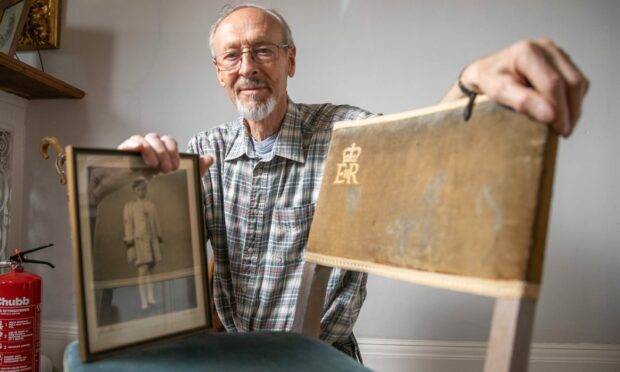
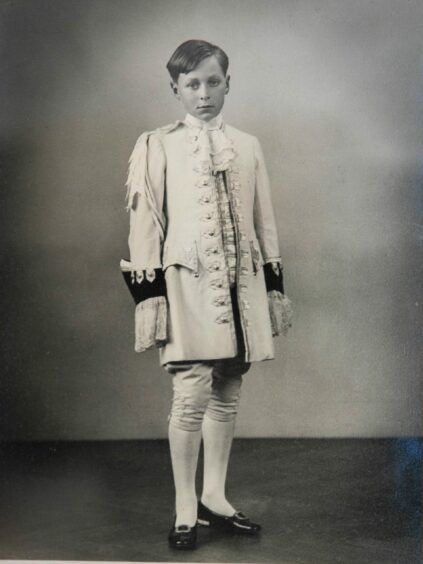
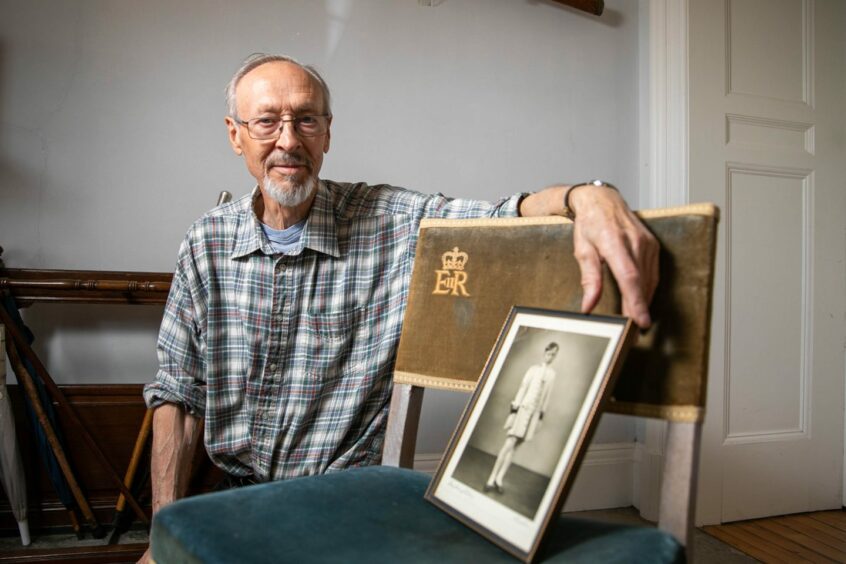
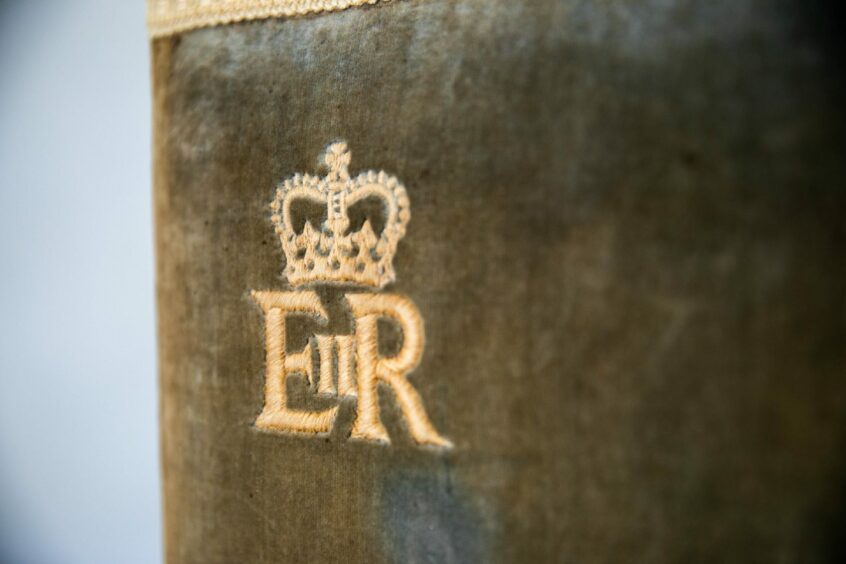
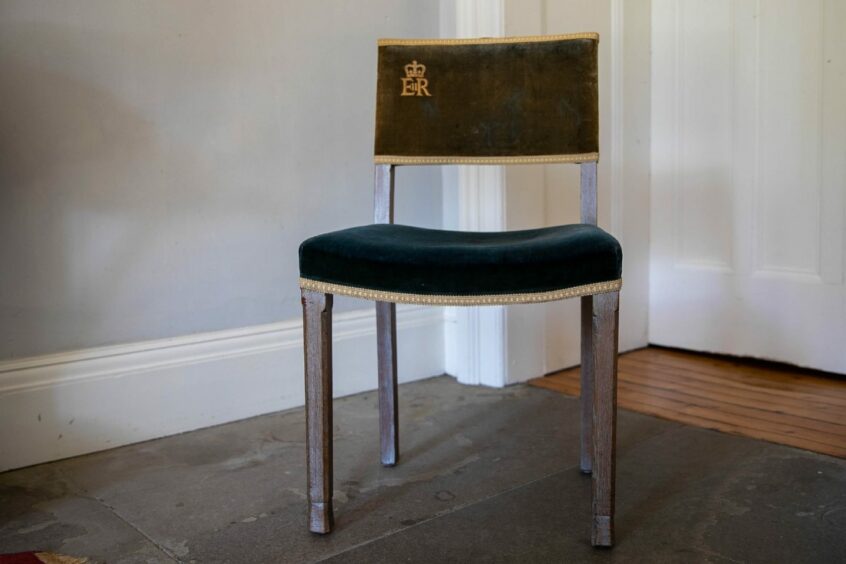
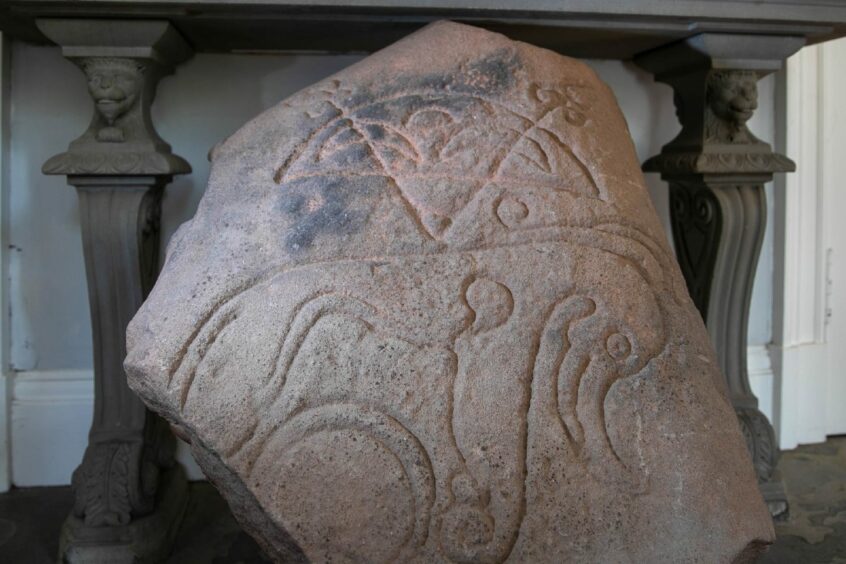
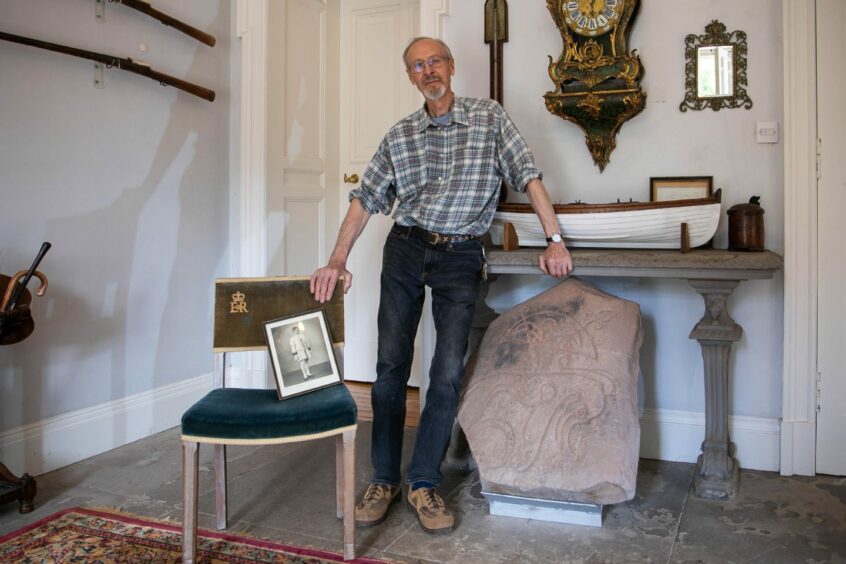
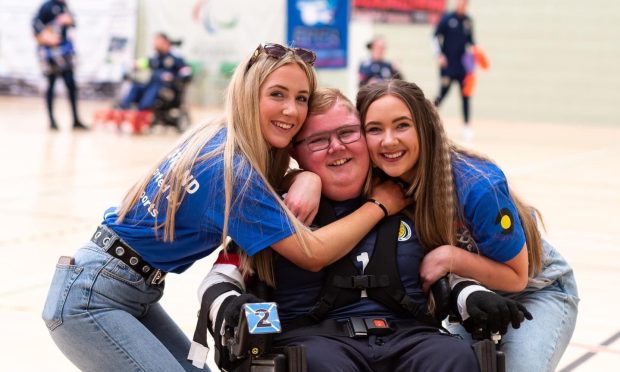
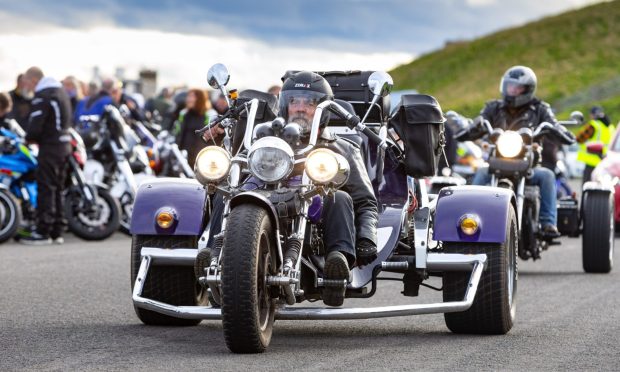

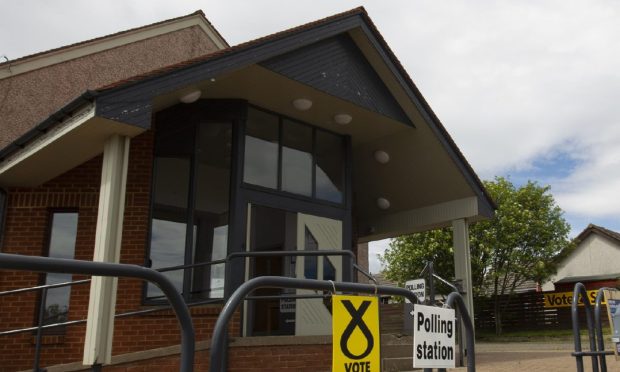






Conversation